The Love of Aviation
When I was a child, we lived in Meyrin, on the outskirts of Geneva, very close to GVA airport, and I could see the planes taking off and landing from our house and garden! It always made me dream of faraway places, the world being a village you can reach in less than a day!
My father was a pilot of small Cessna and Piper recreational aircrafts in the 1960s. The story goes that my mother was seduced when he took her from Geneva to Sion (Switzerland) in one of these planes! She said the clouds reminded her of delicious whipped cream and found the trip very romantic!
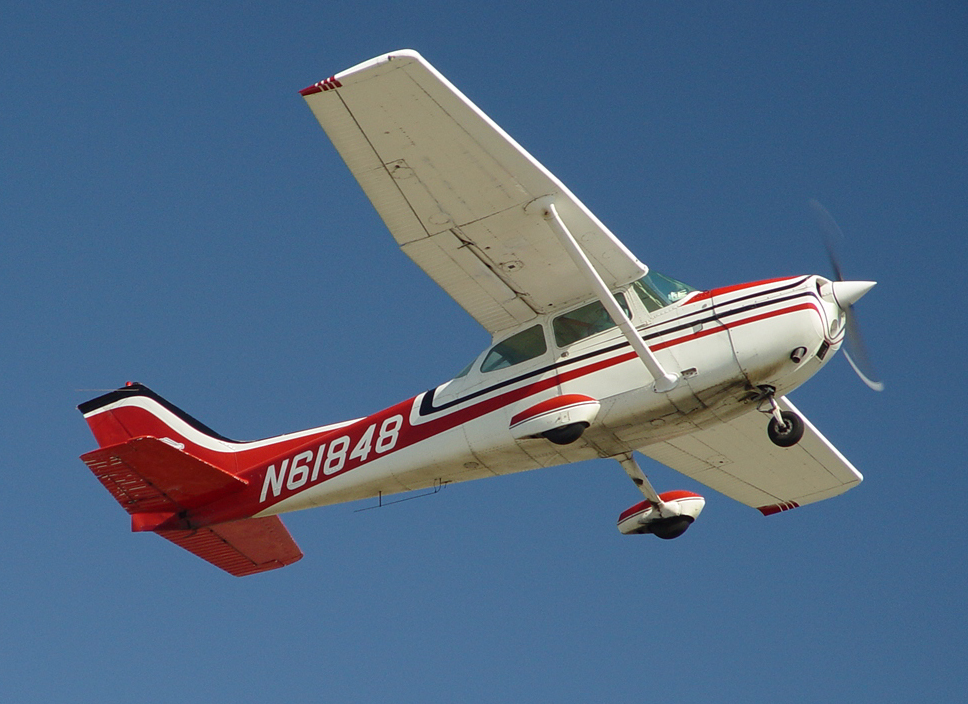
When I was a kid, my dad no longer had a flying licence but remained passionate about the subject. We built a homemade radio capable of intercepting communications between GVA’s ATC and pilots! He teached me the International Radiotelephony Spelling Alphabet alphabet, NATO/ICAO/ITU, the one used by pilots.
We moved away from Meyrin when I was 7 so no more “plane-watching” but we often flew on holidays because my dad had a good position and we could afford such holidays. That was in the 1970s and 1980s. My parents would always chose seating at the back of the airplanes because in those times, smoking was allowed there!
I always loved the smell of kerosene (jet-fuel), as well as walking on the runways from the gates to get to the planes. And seeing above the clouds!
When we returned from our holidays in the USA, I was 17 years old, we asked if I could visit the cockpit (we wouldn’t dream of it today). I sat in the pilot’s seat and watched the most beautiful sunrise over the Atlantic Ocean!
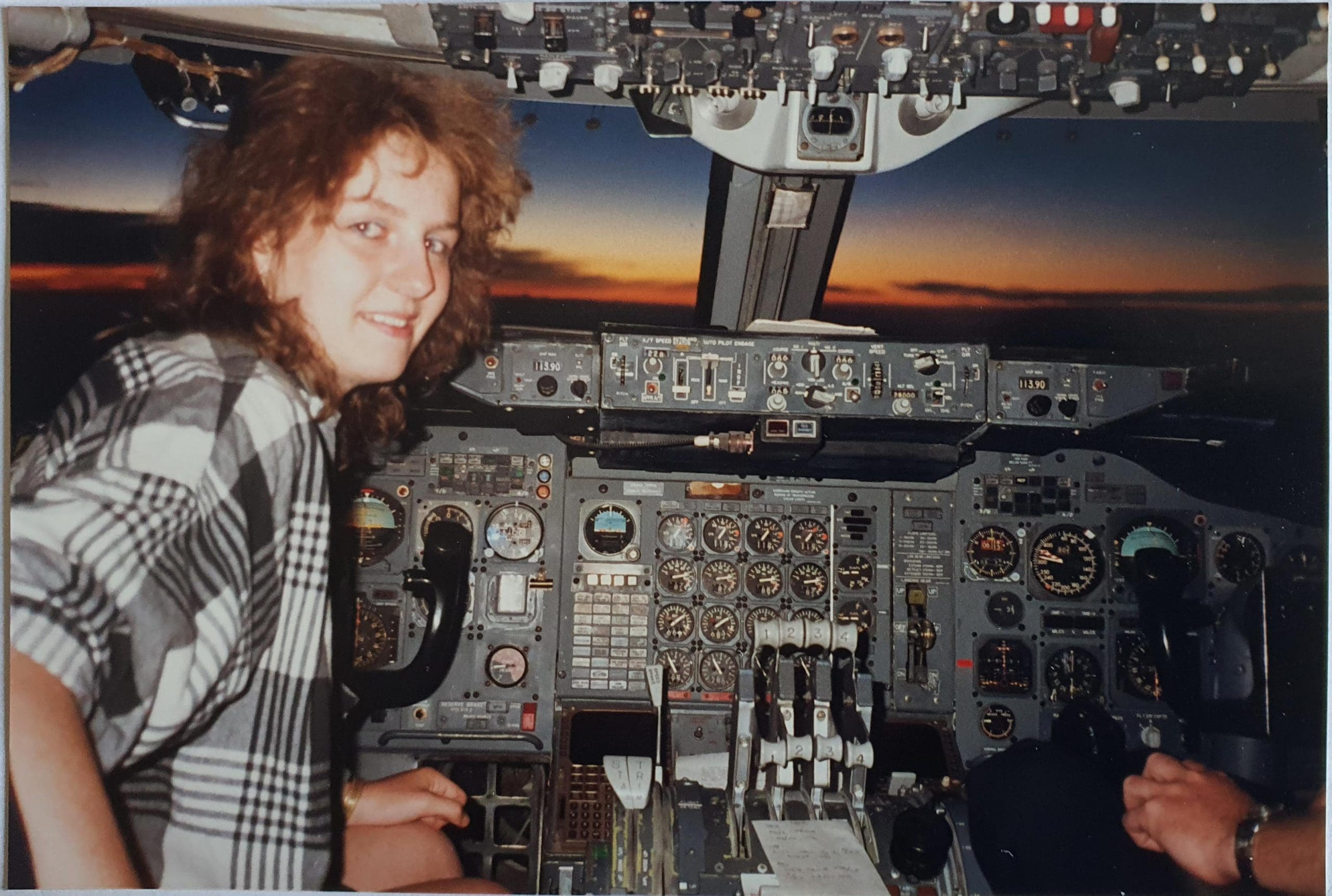
Today, I live in Versoix, also on the outskirts of Geneva, but on the other side of GVA airport. I can see the planes taking off and landing from my balcony! I’m a big fan of the Flightradar24 app, and I love when the calibrating flights turn around!
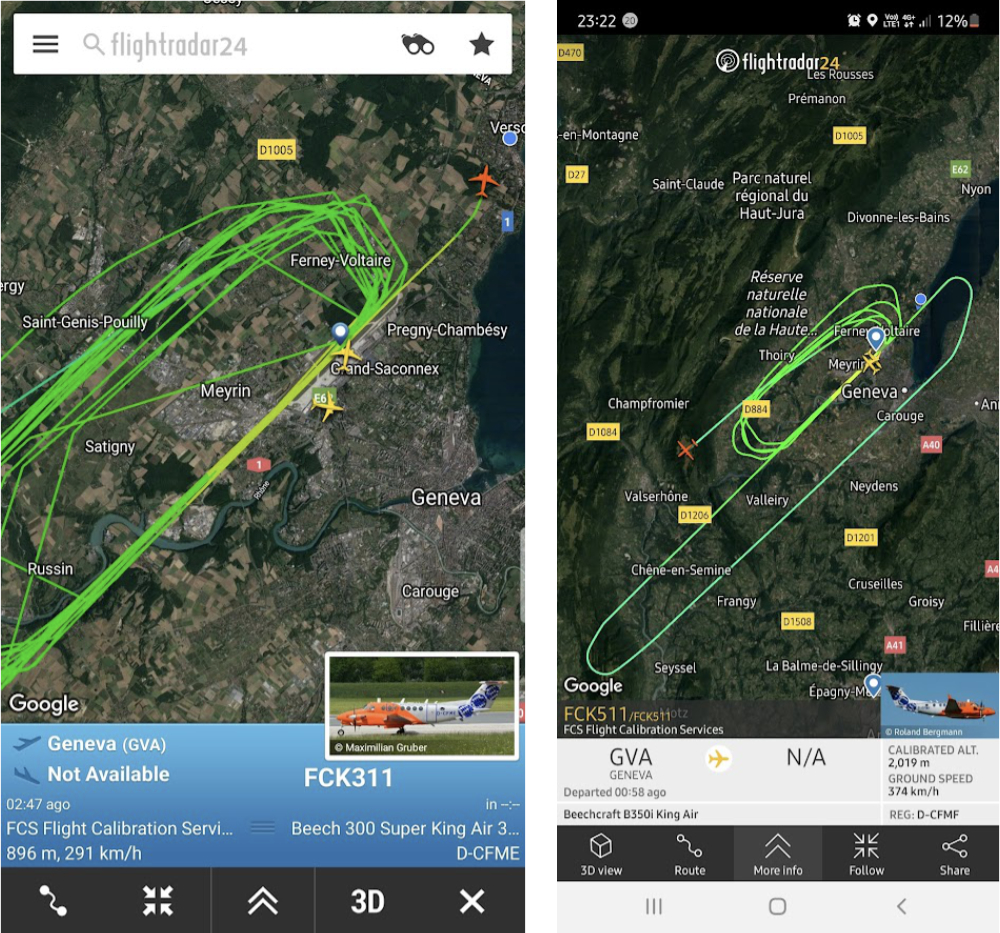
I’ve learnt to recognise aircraft models just by the sound of them (especially the big Boing 777 and 787, as well as the small recreational Piaggio P.180 Avanti), and I know certain timetables by heart.
For example, the first plane to land at GVA at 06:00 is a DHL cargo plane (yes, the yellow one!) arriving from DHL’s European hub in Leipzig, Germany! Sometimes packets that I’ve ordered online are up there in it. The big aircrafts are often Emirates/Etihad/Qatar Airways from/to Dubai/Abu Dhabi/Doha! And the most common are Airbus A320 from Easy Jet for European destinations.
I follow pilot accounts on TikTok and Youtube, such as High Pressure Aviation and I love the landing cockpit views. My favorite is the LAX Sadde Six arrival in the sunset…
When I know a friend is flying, such as my very close friend Martyna who often travels from Geneva to Warsaw, I wave at the plane and wish her a safe journey :D! Looking at planes, I wonder about who is on board and why they travel, same as in the airport-feeling I describe below.
I love airports and their frenzy atmosphere. When I have to wait, I grab a coffee and watch people, trying to imagine why they are travelling. They may go on vacations, or leave for good to start a new life on the other side of the world. They may be on a short business-trip or like me, attending a conference, or flying for personal reasons. They may be sad leaving a loved one or be excited to join them somewhere else.
My friend Jan’s daughter (Zoë Larsen Cumming/Babe Martin) wrote a song “Knocked for Six in BHX” (Birmingham-UK airport), the lyrics of which express this sentiment … “Where’s my sister, where’s my brother”.
“At its core it’s about living apart from people that you love and the inevitable goodbye after a catch up. It’s about family, airports, and old feelings you’ve not felt in a while sneaking up on you when you least expect.
Zoë Larsen Cumming on Rolling Stone Magazine – Australia
The History of Aviation
I’m not going to copy the Wikipedia article here, but have a look at it!
For millenias, humans have dreamed to be like birds and be able to fly, and we can do so for only a century! the progress made in the first half of the 20th century were amazing! The stories of how pioneers created such marvels that can take humans to the skies are awesome.
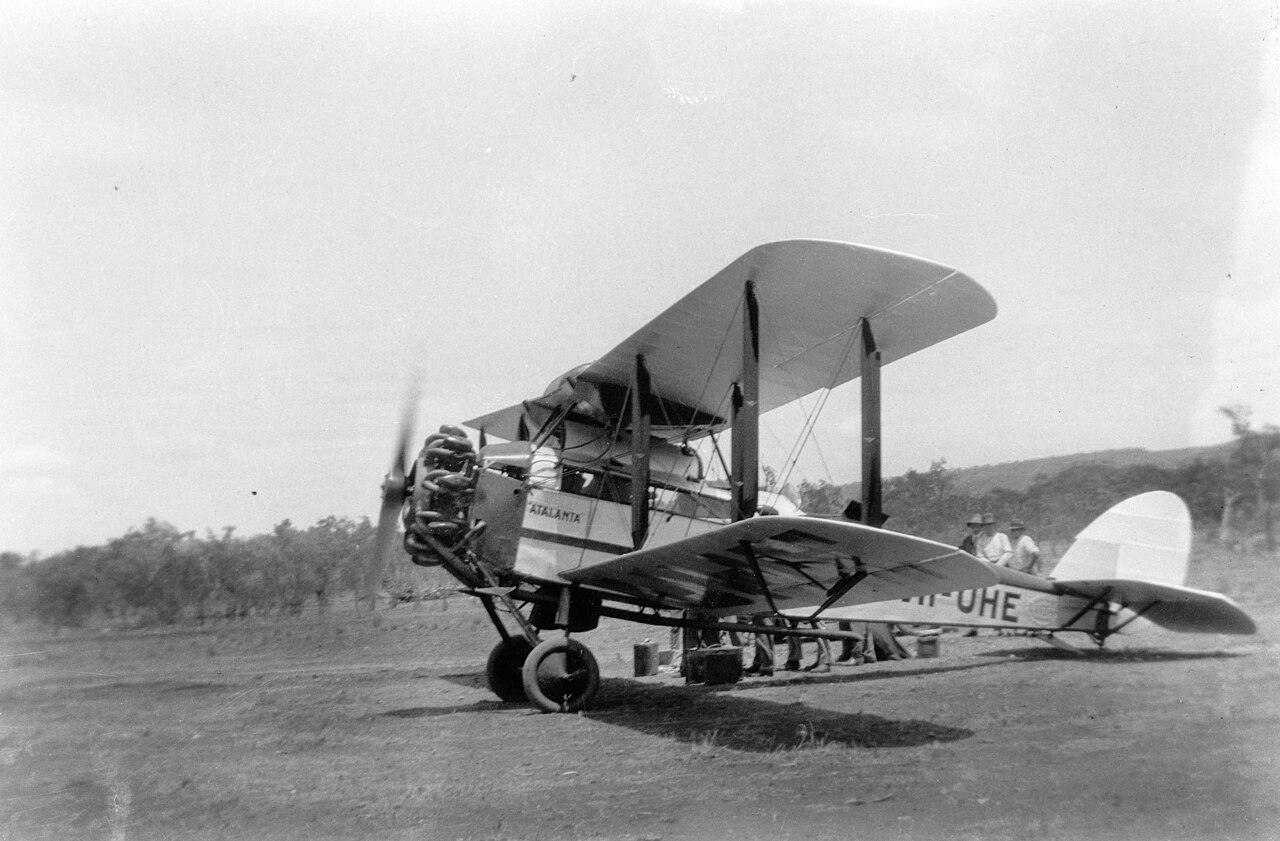
I love the big achievment stories such as the Aéropostale which connected the metropolitan France to the African and South American colonies. Among its pilot was the writer Antoine de Saint-Exupéry, who describes those flights in his novel Vol de Nuit (“Night Flight”).
Stories of John Alcock and Arthur Brown’s first non-stop transatlantic flight in 1919 and Charles Lindbergh‘s first solo non-stop transatlantic flight in 1927 with the Spirit of St-Louis. And of course Amelia Earhart and all the female aviator pioneers.
And I love those attire with leather helmet, protective googles and gloves pilots used to wear in the early 1920s.
This is a nod to our friend Sverd (norwegian musician with Arcturus) who wears those while playing on stage (see a video by a fan, below picture taken from that video).
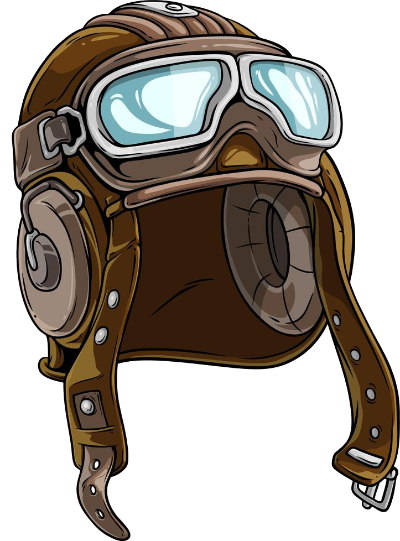
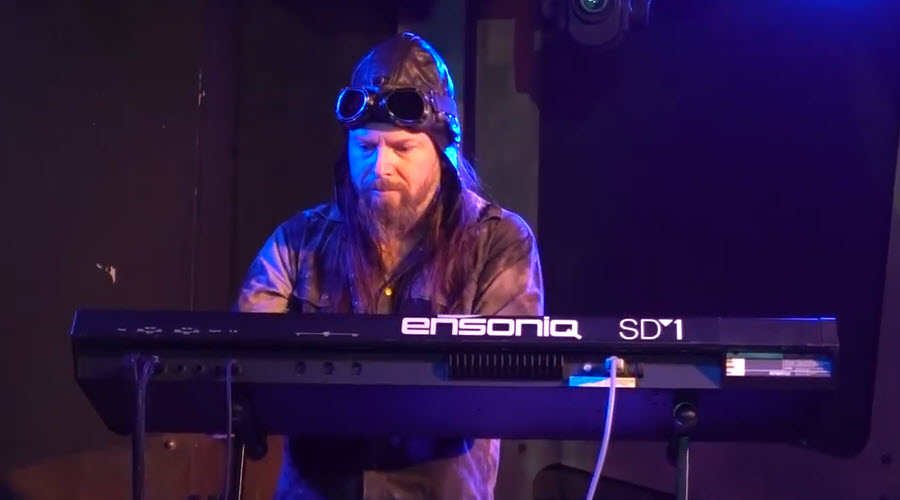
The Fear of Flying
It may seem counter-intuitive reading my love of aviation above, but I suffer from the fear of flying.
How it began
I know! Flying is the safest of travel transports when looking at statistics, but the fact that flying is not natural to humans and that those who crash almost never have any chance of survival makes it difficult to balance the reassuring statistics with the inner knot in the pit of my stomach.
It all started in 1997 when I flew in planes in very bad conditions during my “round the world ticket” travel that led me to Asia and Oceania for several months. One of them was in Nepal. A small (unpressurised) 20-seater plane from Kathmandu to Pokhara had a door that wouldn’t close, and a crew member had to tie the door shut with a rope! If this hadn’t been repaired, what about the mechanical parts!? What’s more, we went through a very violent thunderstorm, and the only things I could see were lightning bolts over the Himalayan mountains!
Then, there was the crash of the Swissair SR111 on 2 September 1998! It seems that everyone in Geneva knew someone who died that day. Everyone was talking about it. The plane crashed near Halifax, Canada, on a flight from New York’s JKF to Geneva!
Three colleagues from the company I was working for at the time (Givaudan Roure) died in this accident and many colleagues were deeply shocked.
My parents had met a couple on their travel to China a few years earlier, and these people had said to them: “We haven’t seen the USA yet, we’ll travel there and then we can die” (or so my mother recalled). And they died! My mother was very affected by their deaths. They weren’t really close friends, but they had met a few times after the travel to China. She also related to them because they had children in the same age range as my brother and me.
And I shouldn’t have, but I watched a documentary about the crash, with all the people screaming, with detailed descriptions of their bodies laying on the Atlantic seafloor for several kilometres among the wrecked pieces of the plane.
Someone I know was a first-responder in the special psychological support unit responsible for helping families at GVA airport. What happened to him? He started to get worried about flying himself!
The Swiss tennis player Marc Rosset was supposed to be on the SR111 and cancelled his flight at the last minute. He talks about intuition. When I feel the fear, I often wonder if I should postpone to the next flight but then that may be the one crashing and it often costs money to change!
Between 1999 and 2019 I barely flew, and the few times I flew I was feeling very bad. A few times between 2003 and 2008, first to go to Lapland in Finland and see the Northern Lights (Aurora Borealis) by -35°C (-31°F) and live the constant night experience, then before 2008 to Oslo for the Inferno Festival. After that, twice in 2013 to attend the “World Domination Summit” (conference by Chris Guillebeau) in Portland, Oregon, USA and the first WordCamp Europe in Leiden-The Netherlands (more about WordCamp events below). Then nothing until 2019.
I think that becoming a mother in 2007 rekindled this phobia. I simply didn’t want to die and, deep down, I irrationally felt it was too risky.
Travelling to WordCamp events
After WordCamp Europe 2017 in Paris, where I had been a happy volunteer, I had applied to be an organiser of the next edition: WordCamp Europe 2018 in Belgrade, and I was selected as organiser in August 2017.
That’s when the fear started to set in, 10 months in advance. So I immediately informed the team that I was resigning (fortunately before the work started). I’d like to apologise again to Michael Burridge, my “team lead”, and Jenny Beaumont, the “global lead” that year, for changing my mind after being selected.
I can finally make up for it by being a co-organiser of the next edition in 2024 (Turin being a 3.5-hour drive from my home, or 5-6 by bus or train).
And if you’re wondering, apart from 2018 in Belgrade, it was also because of fear of flying that I missed 2014 in Sofia and 2015 in Sevilla! And I went by car+train to Vienna in 2016 and Paris in 2017.
I’ve now weighed up the statistics against my fears and started thinking about it more rationally again, and I was thus able to fly to WordCamp Europe in Berlin in 2019, Porto in 2022 and Athens in 2023 as well as to the Community Summit/WCUS and WordCamp Madrid this year. But it wasn’t easy, especially in 2019. I asked Benoît, my friend who was travelling with me to WCEU, to “keep talking about anything funny” during take-off!
The Guilt
As we are in a climate emergency, flying is certainly not the best thing to do! I always think of the term “Flygskam” popularised by Greta Thunberg.
About 2.5 percent of global human carbon emissions come from commercial flights. Additionally, planes emit other gases such as nitrogen oxide and water vapour as contrails that also have an environmental impact. When the flight shame movement started, the volume of flights was projected to expand, although the aviation industry was taking steps to decrease their emissions.
Wikipedia
and
For those of us that do fly, it is likely to make up a significant slice of our personal carbon footprint. This is because, mile for mile, flying is the most damaging way to travel for the climate. [ … ]
A return flight from London to San Francisco emits around 5.5 tonnes of CO2 equivalent (CO2e) per person – more than twice the emissions produced by a family car in a year, and about half of the average carbon footprint of someone living in Britain. Even a return flight from London to Berlin emits around 0.6 tonnes CO2e – three times the emissions saved from a year of recycling.
BBC
The main problem is cost. While it’s obvious to go for example from here, Geneva to Paris by train (3 hours by TGV, from city centre to city centre, and only €30 if the ticket is taken in advance), it’s much less obvious for other places when you look at the prices of train tickets compared with low-cost flights! Although we are responsible for our choice to fly, this is also a systemic problem! Germany took a first step last summer by setting the price of all train tickets at €9! We need to follow suit!

Leave a Reply